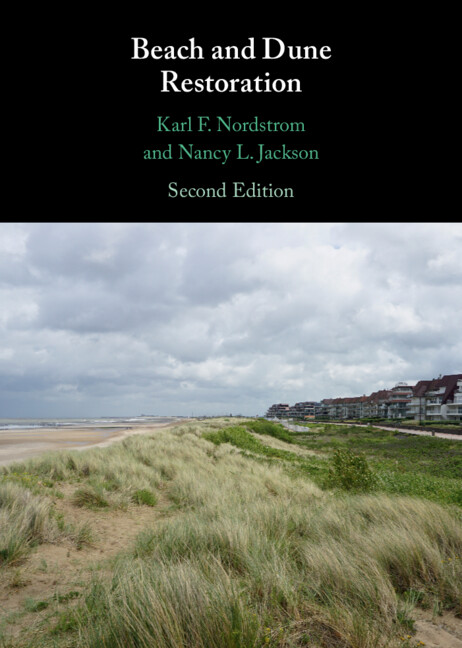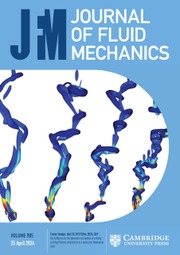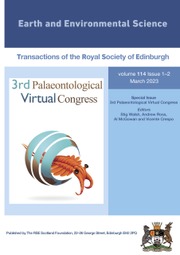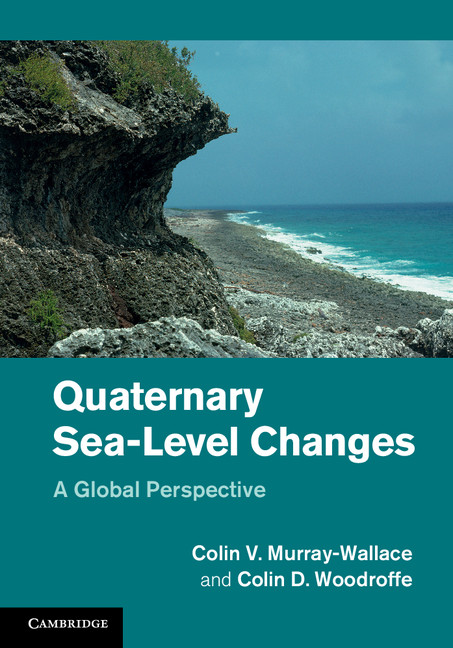Coasts
Coasts are some of the most rapidly changing places on earth. Understanding the natural adjustments that occur between coastal landforms and the processes that influence them is essential for the better management of coastal resources. Coasts provides a necessary background in geomorphology for those studying coastal systems. It describes the landforms that occur on the coast, their responses to the processes that shape them, and the pattern of evolution that can be determined for different types of coast over thousands of years. Numerous examples from around the world are used to illustrate the variety of environments. Particular attention is paid to coastal morphodynamics, the co-adjustment of process and form, on rocky, reef, sandy, deltaic-estuarine and muddy coasts. This valuable text for advanced undergraduate and graduate students is well illustrated and contains an extensive reference section. It will also be of great interest to environmental scientists, geologists, coastal managers and planners.
- Includes global coverage of coasts with examples drawn from around the world
- An extensive reference section makes this a useful summary of our understanding of coastal landforms
- Well illustrated and up to date
Reviews & endorsements
"This hefty, reasonably priced book is well worth owning.... Highly recommended." Choice
"Woodroffe has compiled a valuable and impressive reference work, one that will enhance the knowledge of any coastal scholar or practitioner." Bulletin of the American Meteorological Society, A. Brad Murray
Product details
January 2003Paperback
9780521011839
640 pages
254 × 180 × 40 mm
1.797kg
191 b/w illus. 16 tables
Available
Table of Contents
- Preface
- 1. Introduction
- 2. Geological setting and materials
- 3. Coastal processes
- 4. Rocky coasts
- 5. Reef coasts
- 6. Beach and barrier coasts
- 7. Deltas and estuaries
- 8. Muddy coasts
- 9. Morphodynamics of coastal systems
- 10. Human activities and future coasts
- References
- Index.














